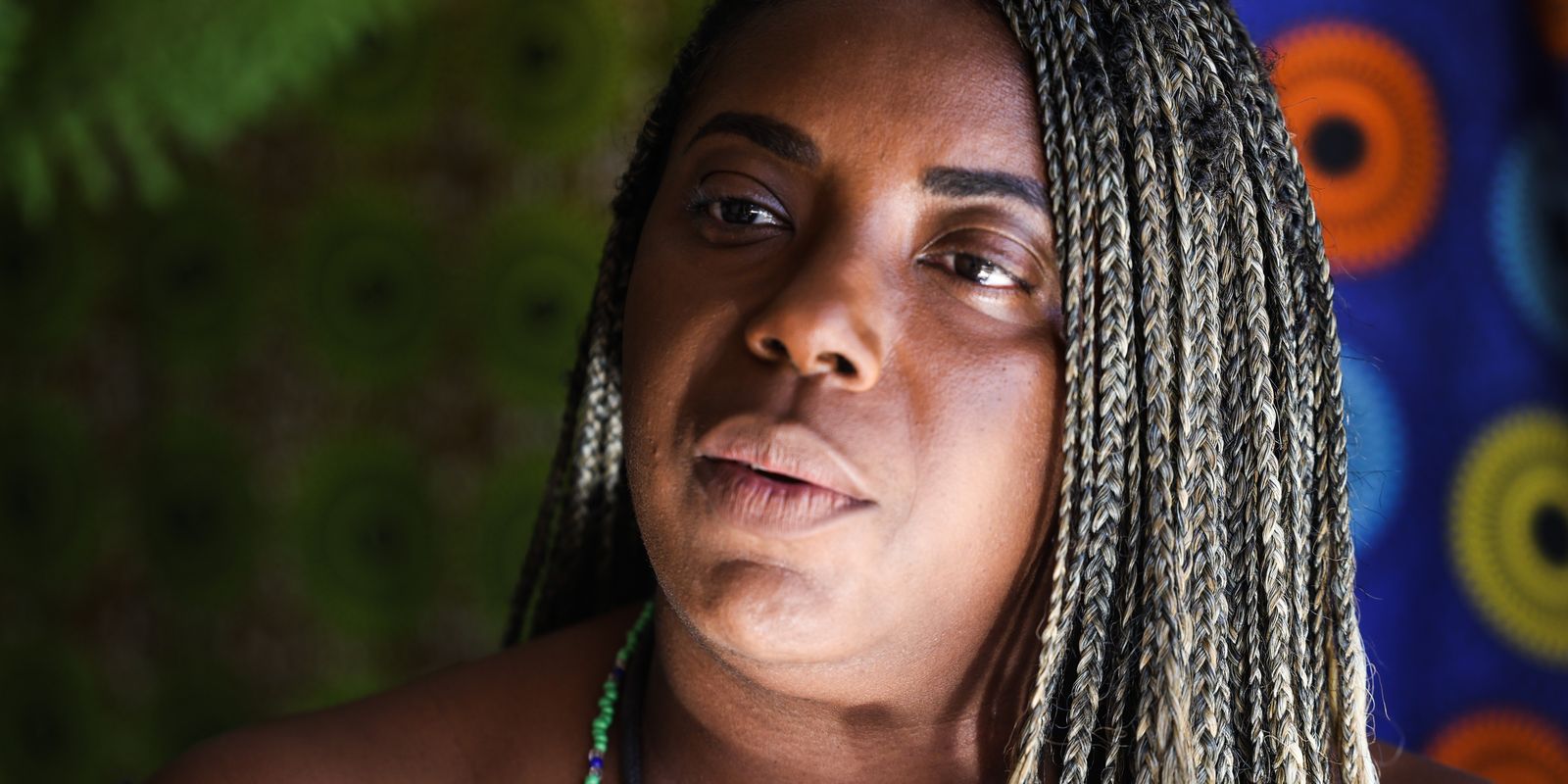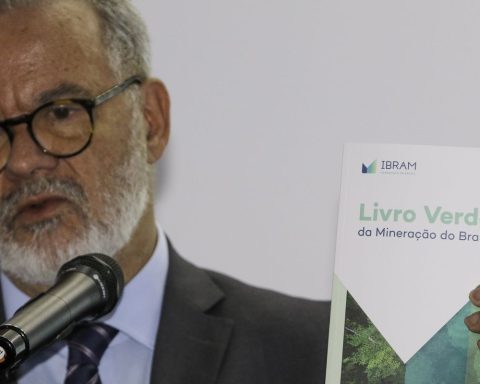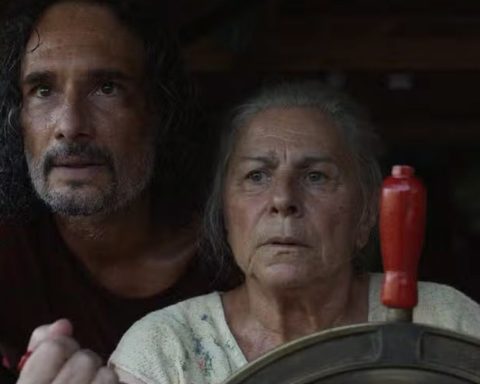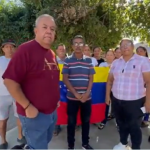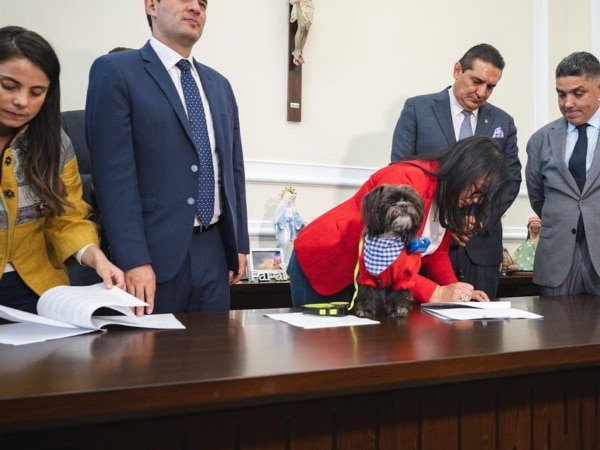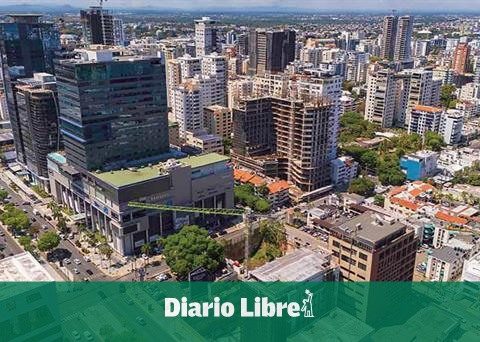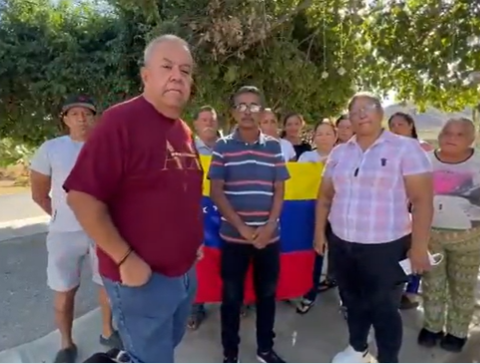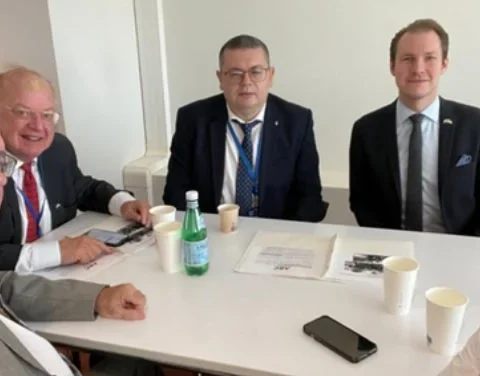Sitting between her grandmother Rosalina’s legs, the girl Ana Lúcia de Lima knew that those hands that braided her hair were responsible for a great moment of the day, when she lived in Belo Horizonte.

Today, at 68 years of age, Ana, the oldest braider working in the Federal District (where she has lived since 1970), is happy to know that she is responsible for teaching other black women how to braid their hair, as she once learned by watching her grandmother. Much more than her professional activity, she understood that the knowledge passed down from generation to generation had greater power than simply braiding hair.
“The braid is a way of preserving the history of my people and symbolizing resistance,” she says.
The role of braiders is debated this Thursday (25), at the first event of the Latinidades Festival, in Brasília, starting at 2 pm, at the Museu da República. Latinities Festival has support from Brazilian Communications Company (EBC). Check out the schedule.
One of the debaters is researcher Layla Maryzandra (photo), who studied the topic during her master’s degree at the University of Brasília (UnB) and coordinates the project “Tranças no Mapa”, which was supported by the Culture Support Fund (FAC).
More than a geographic map, it highlights the cultural and affective character of the ways of knowing and doing of black braiders from the Federal District and the surrounding area (the neighboring cities in other states).
“The objective of the research is to carry out the first process of identifying the practice of braiding as a craft, traditional knowledge of the Federal District, pointing out actions and public policies for the State, in order to think about these policies for black braiders”, explains the researcher.
Mapping
Layla Maryzandra argues that it is necessary to prove that the activity of braiders is a traditional skill and craft that needs to be considered an intangible heritage of the country.
The Latinidades event, this Thursday, will feature the participation of the president of the National Institute of Historical and Artistic Heritage (Iphan), Leandro Grass. The debate is being held in partnership with the Ministry of Labor and the Fios da Ancestridade Institute, as well as representatives from the Ministry of Culture. The theme for 2024 is “Come and be a fan of Black Women.”
Layla Maryzandra’s research managed to reach stories of 95 black women who braid hair in the Federal District and, adding other regions, a total of 122. According to her, the majority of these younger braiders do not have the historical and cultural appropriation of what this practice means, which goes far beyond fashion trends.
“What we demonstrate in the identification process is that this is not a trend or a fad. The practice is linked to the lifestyles of black women in particular,” says the researcher, who is a trained teacher and was once a professional braider, the first in her family to generate income from the activity. Her mother and grandmother, from whom she learned to braid, were born in Maranhão. “I was born in the Quilombo Urbano da Liberdade, in São Luís. My mother and grandmother were born in the Quilombo de Damásio, in Guimarães (MA).
Inventory
In addition to presenting the master’s research by the end of the year, the project to map braiders will continue next year with more technological support and a larger audience, including a resource through the Paulo Gustavo Law to hold a second edition.
The professionals who responded to the survey over a four-month period have braiding as their main source of income. “But if there is an ancestral perspective, then we need to understand that the activity does not start in the Afro salon, but with mothers and grandmothers,” she says. Braiding, then, would start in the backyard, in the living room and on the porch of the house. “We had a higher percentage of participants in Ceilândia and Taguatinga [duas das regiões periféricas mais populosas na cercanias da capital]”.
The researcher used techniques typical of IPHAN’s participatory inventories, which help communities think about identifying cultural heritage assets. “We need to tell the story of braids based on the story of the braiders. Most of us live in the outskirts. There are people who only know the capital from the Plano Piloto or only from the city’s material heritage,” she laments.
And, therefore, she argues that this intangible heritage should not be left in the background. “We need to understand that all of this will only make sense if we can materialize it as public policy.” For this reason, the survey is being submitted to Iphan so that it can stimulate other maps in more federative units.
Against invisibility
The researcher also explains that she has been producing videos to expose and counter the invisibility of this activity (professional or otherwise). “One of the outcomes of the research was that people wanted to create a national association of black braiders [para garantia de direitos]”.
For the researcher, it was gratifying to have the feedback from the women she studied show a greater social awareness about what braiding means as a heritage. One of the lessons she learned was precisely at home, when one day she taught Layla how to braid her hair. Her mother, Maria de Nazaré Martins Costa, 72, was proud of what she discovered with her daughter. She says that she also learned from her elders, but came to Brasília to be a manicurist.
“We didn’t have that vision. It’s an ancestral culture and you can’t learn it alone,” says the mother. This was also the case for the oldest, Ana Lúcia Lima, 68, who is, for researcher Layla, a source of wisdom. Ana even adopted the nickname that gave her salon its name, Akini, which, in Yoruba, means “welcome.”
The historic braider remembers that she was embarrassed, at first, to charge for the service of braiding hair, an activity that can take more than 10 hours of work, but that she always did with great joy. She, who had worked as a maid and saleswoman, opened a salon in 1992. She discovered that her skills with her hands could help “black children who still suffer discrimination in schools today”. She stopped working at the salon, but says she is fulfilled by sharing the knowledge she learned at her grandmother’s lap.
